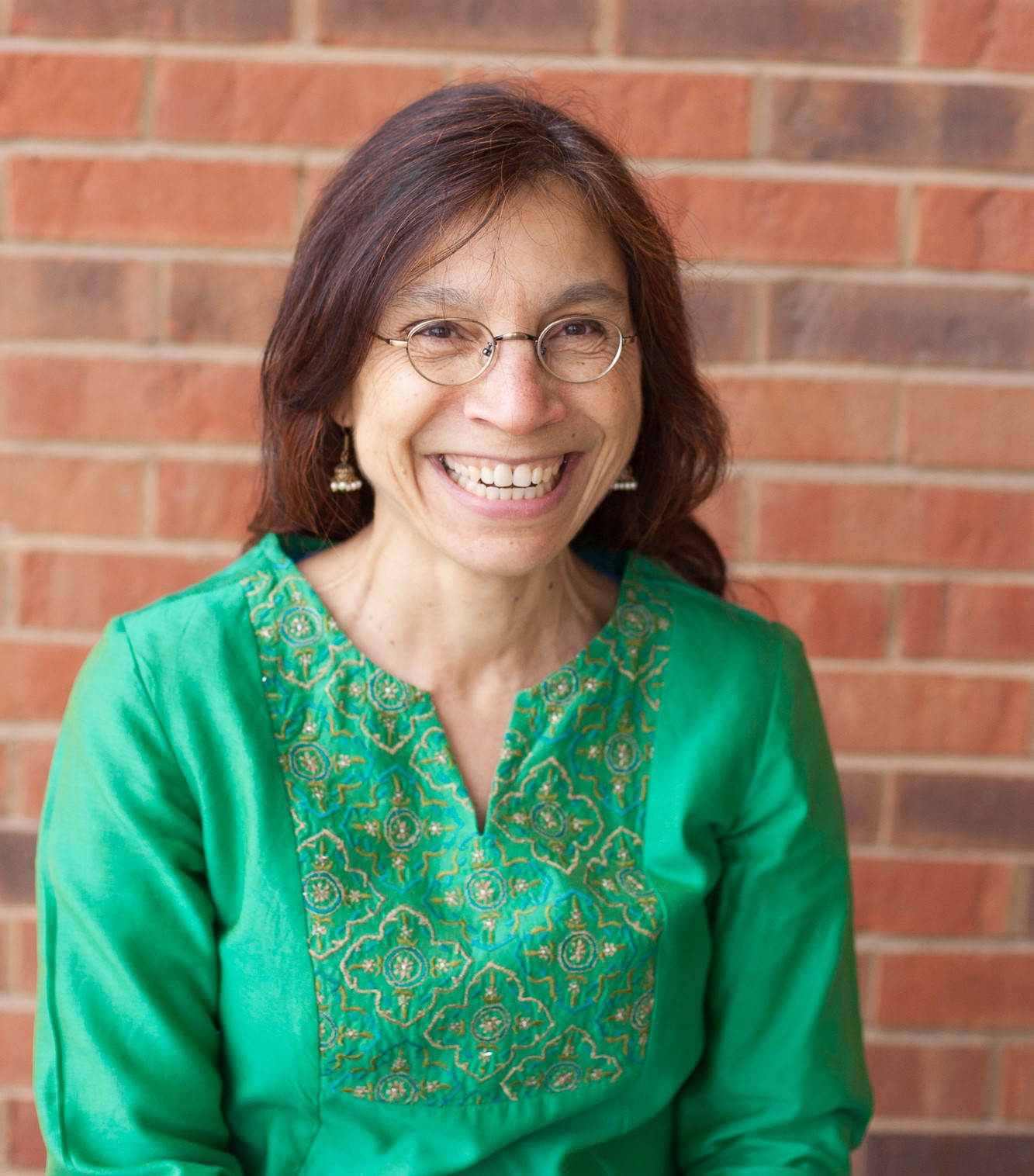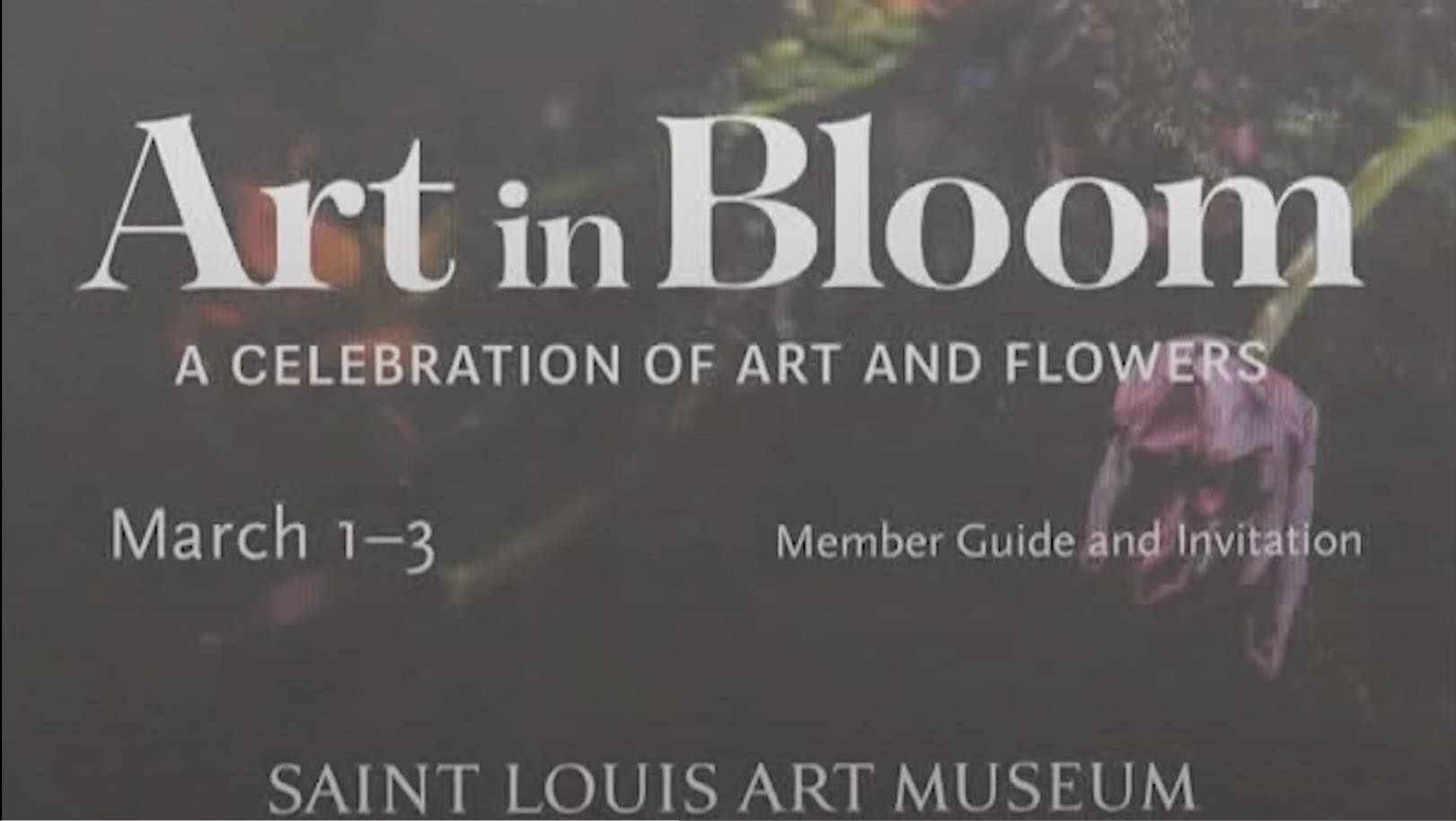Student witnesses compassion from volunteers and neighbors
By: Kelly Glueck
-Managing Editor-
On May 22, a 24 minute, mile-wide tornado ripped through the southwestern town of Joplin, Mo., population approximately 50,000,taking with it an estimated 6,954 homes and 162 lives. Relief efforts are still working to clean up the approximately $2 billion worth of damage.
STLCC-Meramec student Michael Holderman lived in one of the 6,954 homes destroyed with his roommates just a few miles north of the deadliest single-strike tornado since modern record-keeping in 1950.
“The house that we were renting, which was owned by my friend, was completely destroyed and there was only the foundation that was left,” Holderman said. “There was nothing. It went from houses to nothing.”
Holderman was visiting St. Louis that evening. The city was sealed off for nearly two weeks before he could go back, Holderman said.
“Joplin’s a dying town to begin with so [the tornado] literally went through the only thing it had going for that town,” Holderman said.
When he returned, he helped other residents dig through the debris for missing possessions and lost pets. Holderman was not able to find anything he owned; however, he was able to help recover his roommate’s cat, found a mile away.
Holderman was not the only one helping out. He said that when he came back, he was most impressed with the compassion that visitors showed toward victims and residents.
“People came from Springfield, from Branson and everywhere else,” Holderman said. “There’s a big thing going around with schools, like the Architecture School at Drury and a couple others; they are going down there and rebuilding and raising money.”
One of those groups included eight students and one faculty member from Meramec. The group teamed up with 19 Kansas University architecture students earlier this month to disassemble the remains of a damaged, two-story house.
“By hand, we were busting [the house] up with an axe, splitting it into parts and carrying those sections to the street. The entire house was moved to the street,” said Joe Chesla, sculpture and design professor and faculty sponsor. “My kids really kicked into action. It was beautiful; everyone was working with everybody.”
Meramec student Brent Barrett was one of the students that volunteered alongside Chesla. He said he was inspired by the hope instilled in those in the community despite what they lost.
“It was very humbling to see these people that have literally nothing that are still so happy,” Barrett said. “They know exactly what life is about. They know it’s not about the material wealth, it’s about your family, your friends, your loved ones.”












